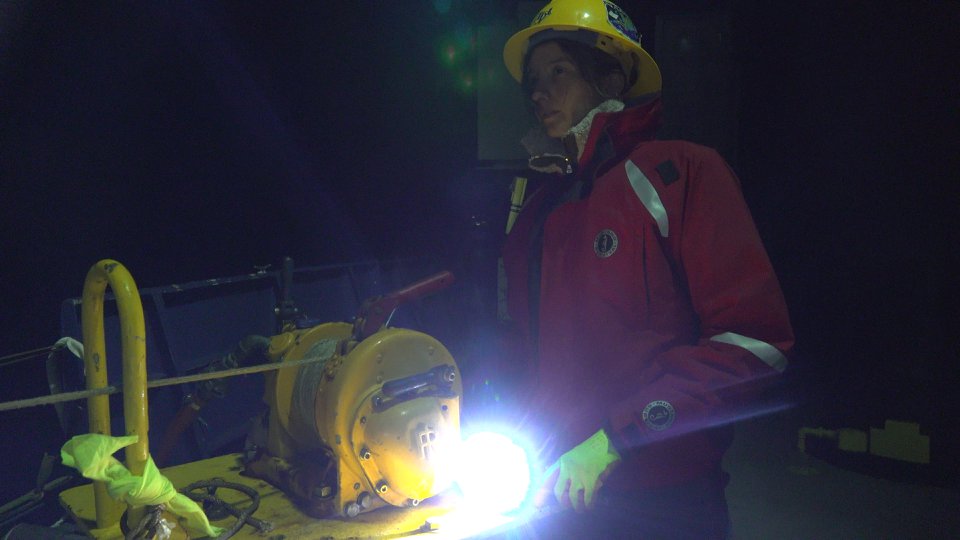INTERVIEW – During BioSWOT-Med Alice della Penna is in charge of study zooplankton grazing. She explains what it is, why it is important to measure it and she describe a new “exclusion experiment” to study it during the campaign.

THE INSTRUMENTS OF OCEANOGRAPHERS – Alice della Penna is a biological oceanographer currently working as Lecturer at the Waipapa Taumata Rau University of Auckland, in New Zealand. Her research interests focus on how oceanic currents affect marine life from microbes to large animals such as sharks, seabirds, and marine mammals. During the BioSWOT-Med campaign she will be in charge to study zooplankton grazing.
First off all, what is zooplankton grazing?
Zooplankton grazing is the process by which zooplankton (an extremely diverse group of floating animals that can be microscopic or as large as jellyfish) feed on phytoplankton (floating microalgae). One of the aspects I’ve been growing more and more interested in is not just how currents affect the distribution of marine organisms themselves, but how features such as eddies, meanders, and fronts can impact the relationships between organisms (for example grazing and predation).
Why is it important to measure it?
Phytoplankton play a key role in marine ecosystems and in biogeochemical cycles. However, their role is heavily modulated by their fate. For example, if phytoplankton is grazed by zooplankton that migrate in the water column, the carbon that constitutes that phytoplankton will be transported away from the ocean surface, and it will be ‘exported’ to the deep ocean. This is an important component of the carbon cycle, but it is very hard to quantify, and it is especially difficult to assess how it varies in space and time. Furthermore, it is a mechanism that as far as I know is not well represented in climate models.
During the BioSWOT-Med campaign you will be carrying out an “exclusion experiment” to measure zooplankton grazing. Can you explain what is it and how it works?
There are multiple methods to measure zooplankton grazing which are focused on different types of zooplankton of different sizes. My goal for the BioSWOT-Med campaign is to try a new method to estimate the grazing of vertically migrating zooplankton on phytoplankton living in the epipelagic (the upper layer of the ocean that receives sunlight during the day).
The key idea is to have two mesocosms (two very large aquaria onboard of the R/V L’Atalante) and monitor how the planktonic community they contain changes in time during the night. The ‘day mesocosm’ will contain the phytoplankton and zooplankton that lives all the time in the epipelagic ocean, the other one, the ‘night mesocosm’ will contain organisms that live in the epipelagic during the day and the zooplankton that migrates to the epipelagic as the sun sets from the deep ocean. Therefore, the migrating animals whose grazing we want to estimate are excluded from the ‘day mesocosm’ but not from the ‘night mesocosm’. We will then monitor these two mesocosm during the night and study the differences we obtain between the two. Because we expect everything else to be the same for the two mesocosms (e.g., the physiological cycles of phytoplankton, the digestion of zooplankton, which is impacted by sunlight, etc.) we anticipate that the differences between the phytoplankton abundance and size in the two mesocosms will be the result of the grazing from the migrating zooplankton.
Contact: Tosca Ballerini (news@swot-adac.org)